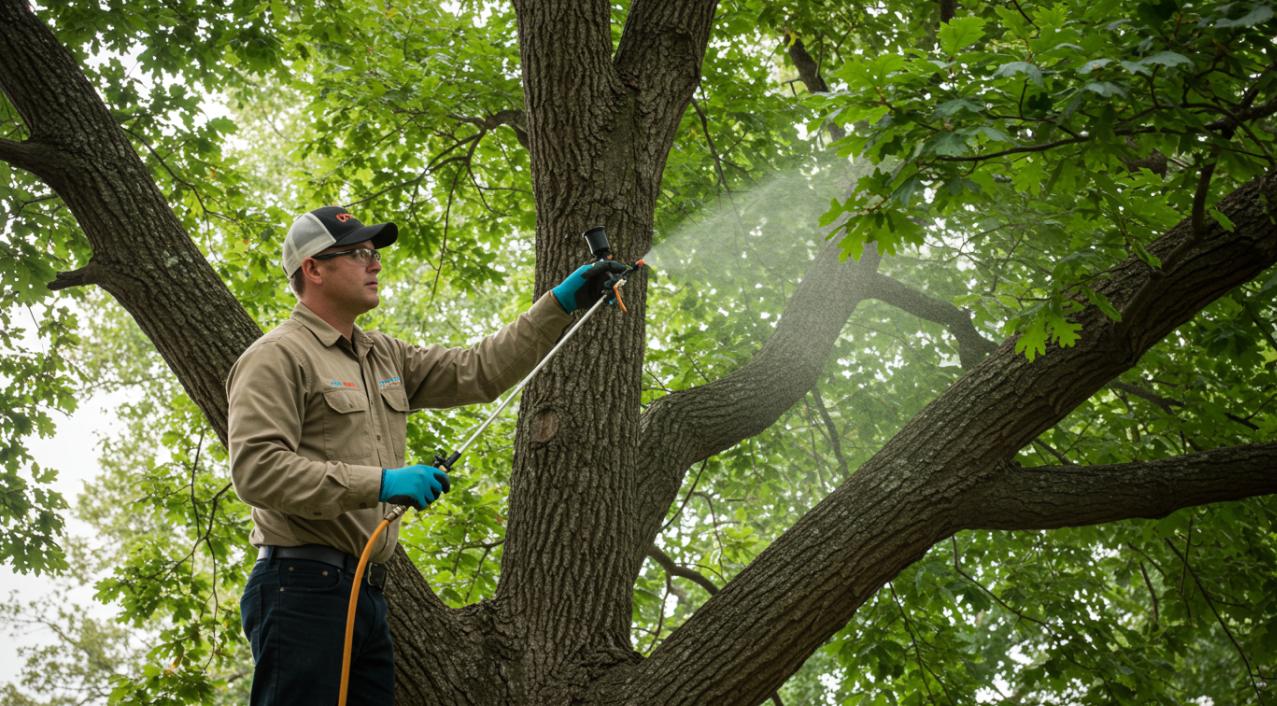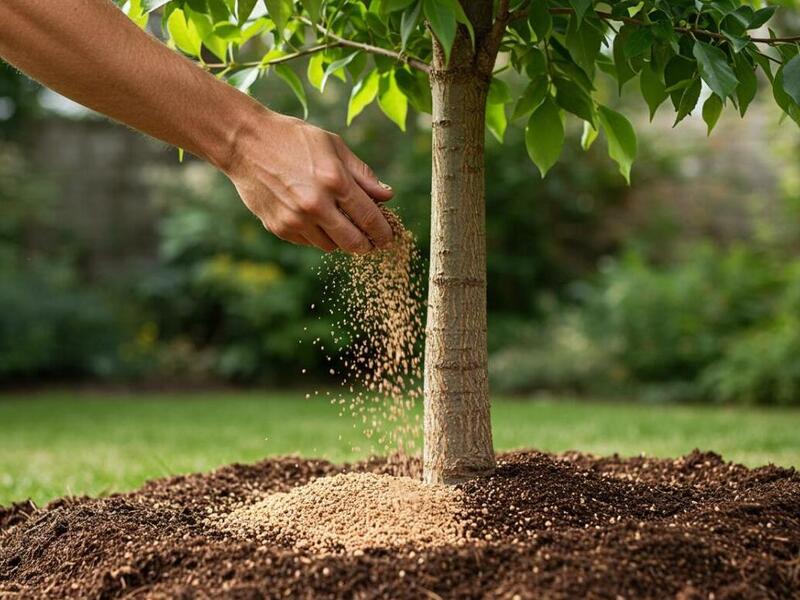
Are you aware that ornamental trees can be susceptible to various pests and diseases that threaten their beauty and longevity? Recent studies highlight that effective care can enhance their resilience and overall health. To keep your landscape vibrant and flourishing, it’s essential to understand the best treatments available for these trees. Discover actionable strategies to ensure your ornamental trees thrive in both health and aesthetics for years to come!
Ornamental tree care essentials
Ornamental trees are cultivated for their decorative value and can vary widely in size, shape, and coloration. These trees embellish gardens and parks, adding aesthetic value to our environments. However, their beauty can be compromised by various factors, including lack of proper care, diseases, and pests.
Importance of care and maintenance
To keep ornamental trees thriving, one must adopt a comprehensive care plan. This includes watering, soil management, pruning, fertilization, and pest control.
A healthy ornamental tree looks attractive and also handles environmental stress well.
Watering techniques for healthy growth
Proper watering techniques are essential to the health of ornamental trees. Instead of brief, frequent waterings, aim for deep and infrequent watering. This approach encourages deeper root growth and reduces water evaporation.
On hot days, you may need to adjust your schedule to prevent stress on the trees. Water deeply once a week during dry periods. Avoid watering during peak hours to reduce evaporation. Mulching around the base can help retain moisture.
Pruning for health and aesthetics
Regular pruning ensures the aesthetic shape of the tree and also promotes overall health by getting rid of dead or sick branches. This practice fosters better air circulation and sunlight access, thus allowing the tree to grow more robustly.
Best practices for pruning
Pruning should be done at the right time of year, typically during the dormant season in late winter or early spring. Use clean, sharp tools to make clean cuts, and always prune away from the trunk to minimize damage. If you’re hesitant, consulting a tree care professional for guidance is a wise choice.
What about fertilizing?
In many cases, ornamental trees may not receive sufficient nutrients from the soil, necessitating regular fertilization. This provides the essential elements required for healthy growth.
The type and frequency of fertilizer depend on tree species, age, and soil conditions. Opt for slow-release fertilizers to provide steady nourishment. Consider soil tests to determine nutrient deficiencies. Consult an arborist for tailored fertilization strategies.
Soil health: the foundation of tree well-being
Healthy soil is key for trees to grow well. Testing your soil regularly helps find out its pH and what nutrients it has. Adding things when needed can make trees healthier and live longer.
Testing and enhancing soil quality
Soil testing can reveal essential information such as compaction, drainage issues, and nutrient availability. Following tests, you may need to amend the soil with organic matter, such as compost or peat moss, to enhance its structure and drainage capabilities.
Pest and disease management
Ornamental trees are susceptible to various pests and diseases. It is essential to monitor your trees regularly for signs of distress. Swift intervention can save your trees and prevent the spread of issues to nearby healthy specimens.
Common pests and their treatments
Pests like aphids and spider mites can wreak havoc on ornamental trees. Various treatments, including insecticidal soaps and horticultural oils, can manage these invaders effectively. Always read labels and follow recommendations for safety and efficacy.
Preventing and treating tree diseases
Diseases, such as root rot caused by fungal pathogens, can lead to significant tree decline. Implementing proper care practices and promptly addressing any issues will safeguard against these problems. Accurate diagnosis and appropriate treatment strategies are vital for effective management.
This table describes common diseases of ornamental trees and recommended treatments.
|
Disease |
Symptoms |
Treatment |
|---|---|---|
|
Root rot |
Wilting, yellow leaves |
Improve drainage, avoid overwatering |
|
Leaf spot diseases |
Discolored leaf spots |
Fungicide application, remove debris |
|
Cankers |
Dead areas on bark |
Prune infected parts, apply fungicides |
|
Powdery mildew |
White powdery growth |
Improve air circulation, use fungicides |
|
Fire blight |
Burnt appearance on branches |
Prune infected branches, apply bactericides |
With proper care and treatment, ornamental trees can flourish and bring lasting beauty to your landscape. Regular watering, pruning, fertilizing, and monitoring for pests or disease help keep them strong and healthy.
For the best results and to ensure the long-term health of your ornamental trees, schedule regular evaluations with a certified tree care professional. They can identify early problems and offer expert maintenance advice.












